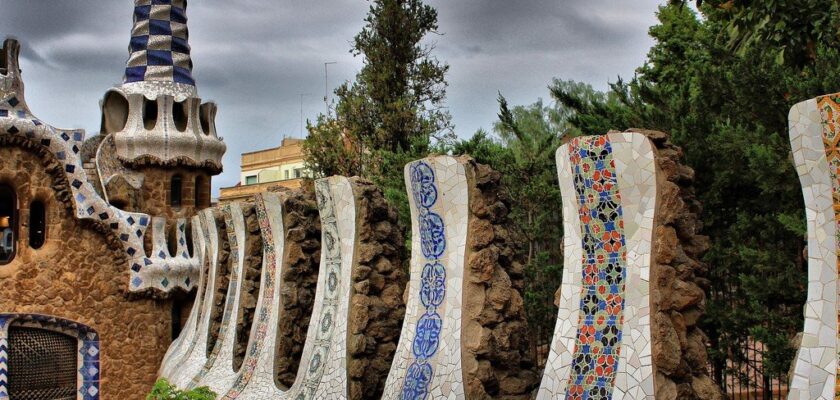Park Güell
Park Güell is a famous park in Barcelona named after its first owner Eusebi Güell. Fairytale like gingerbread houses, an amazing hall with columns, whimsical alleys, winding benches and magical mosaics – all this is gathered here, in one of the districts of Barcelona. It’s worth walking around the park with a camera! You will definitely want to capture this wonderful place.
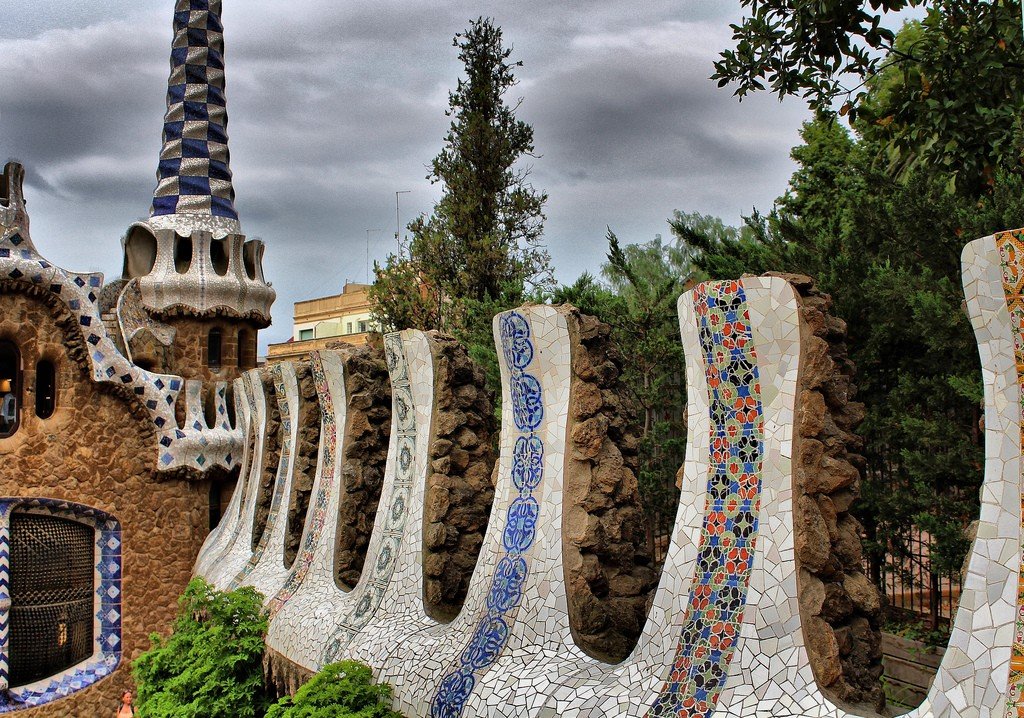
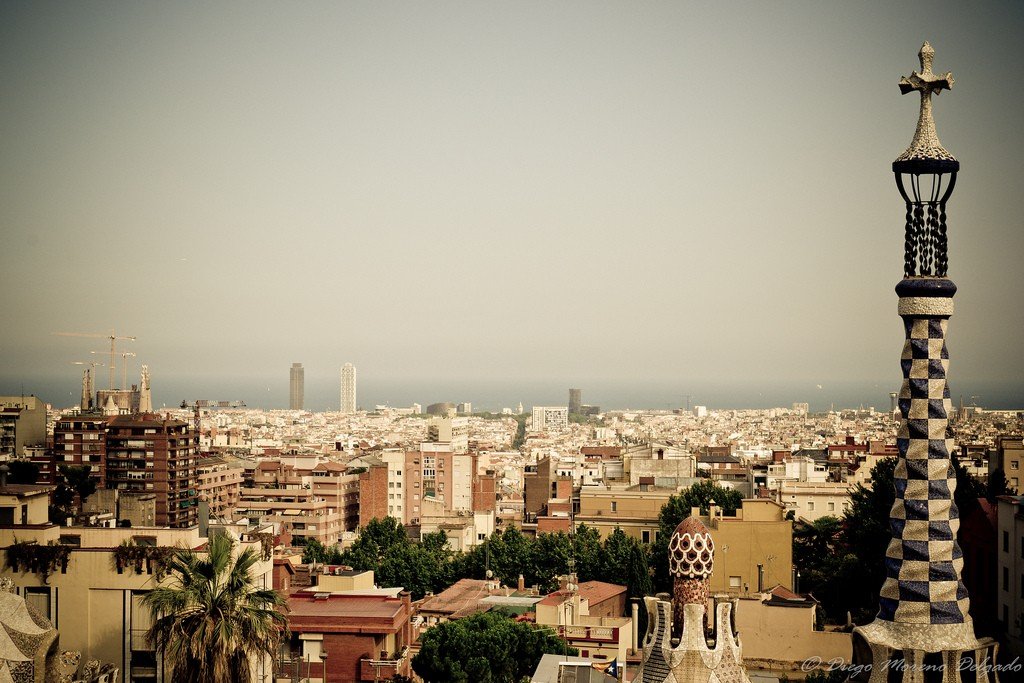
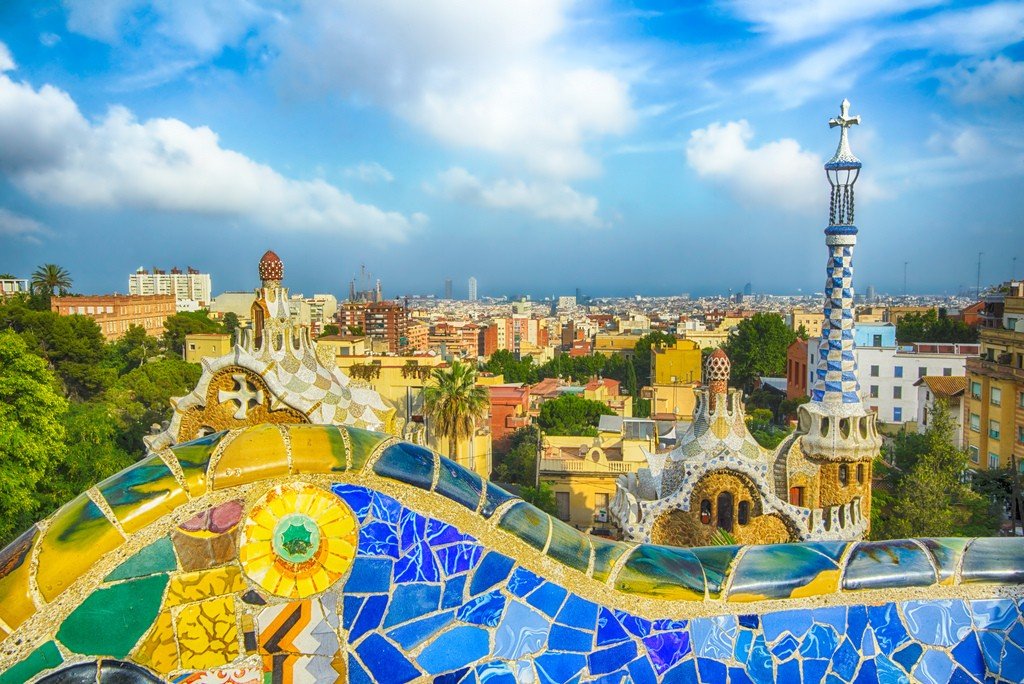
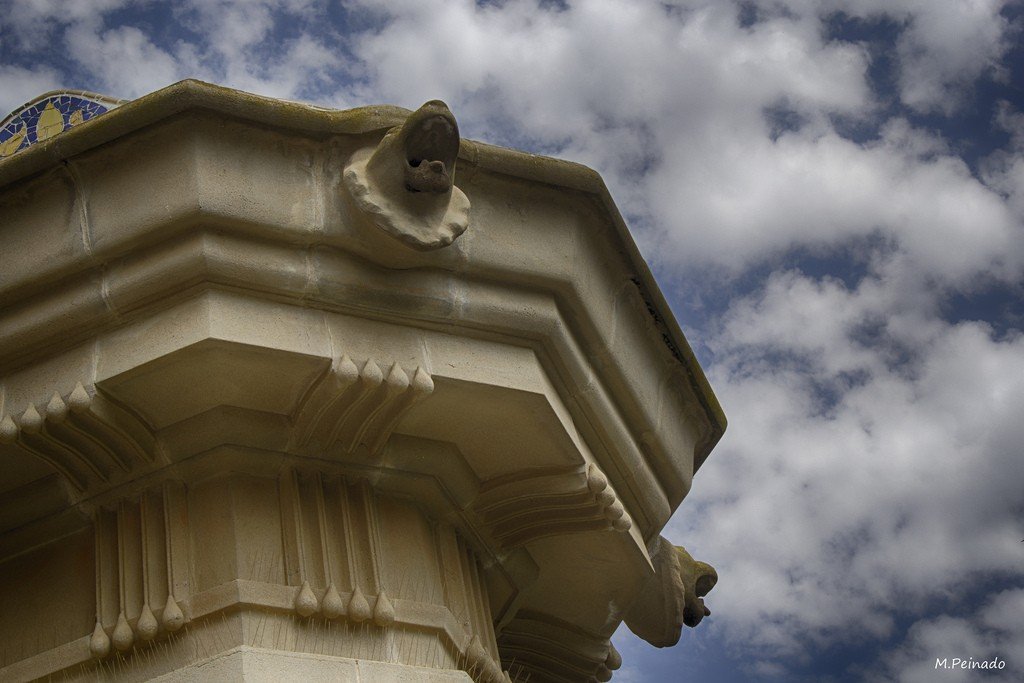
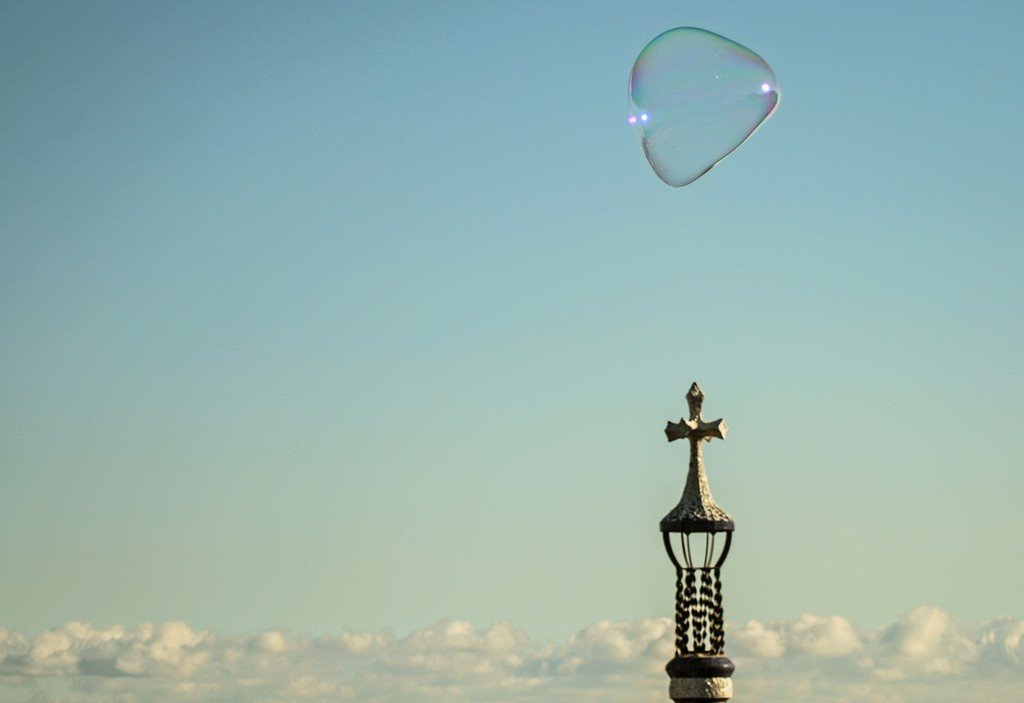

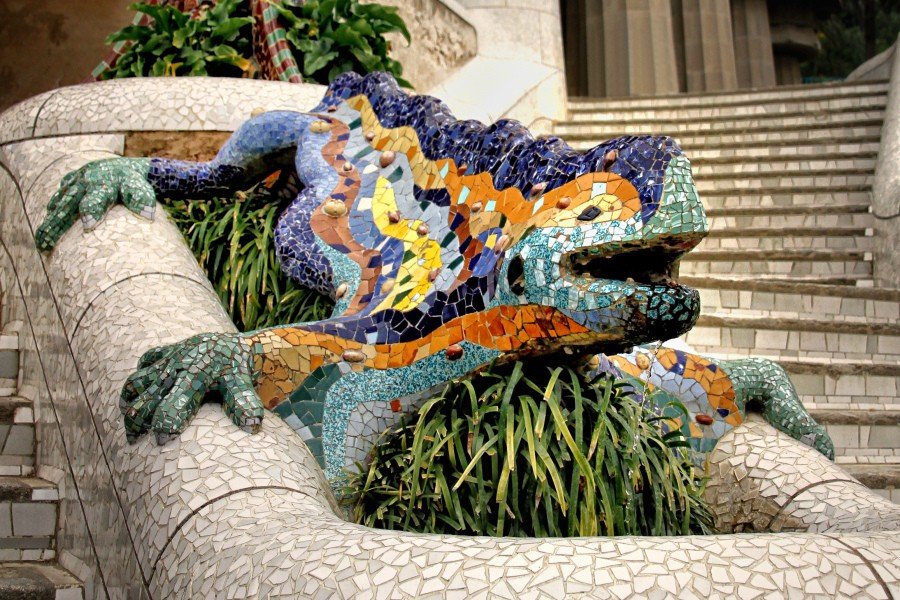
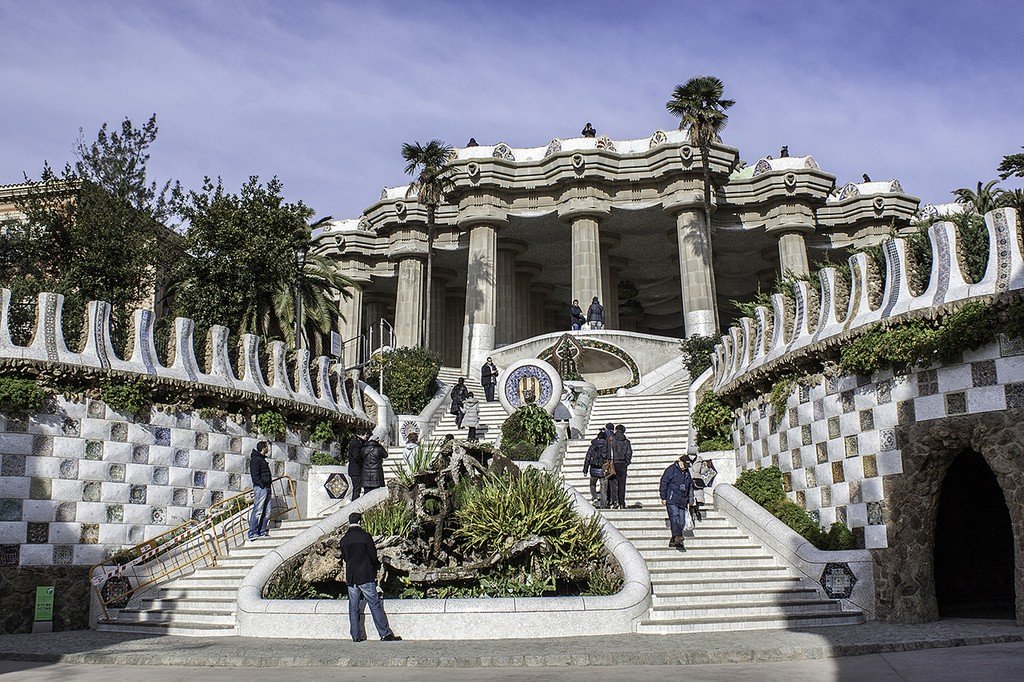
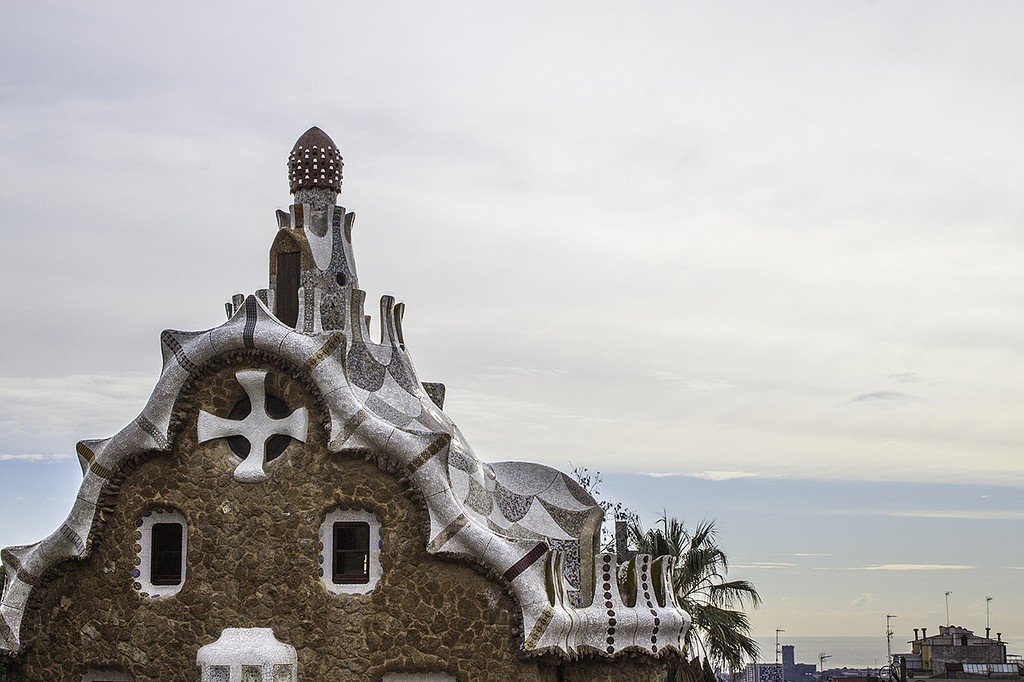
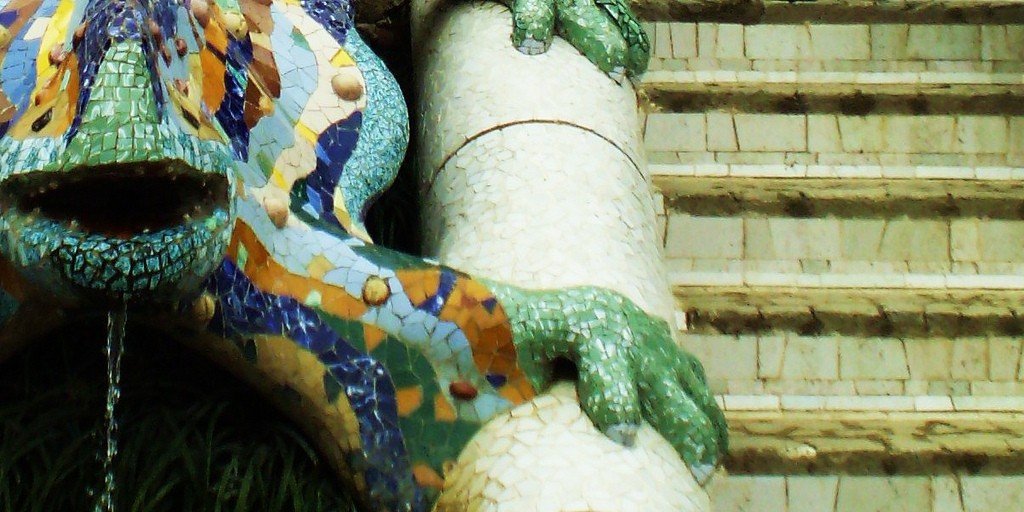
History of the park
At the end of the 19th century, Eusebi Güell, a local businessman, purchased 15 hectares of land. At that time it was the outskirts of Barcelona. Güell bought this territory for a reason. He intended to create a garden city here, and the plots were supposed to be sold at a high price for the construction of private mansions. But Barcelonans were not attracted to the deserted territory on the outskirts of the city. It was, in fact, an “unprestigious” neighborhood. But Güell was not embarrassed, he built a sample house to attract buyers. Then he invited the famous architect Antonio Gaudi to work. In a few years, amazing structures and houses were created here. In one such mansion settled Gaudi himself, in another lived Güell, in a third – their mutual friend lawyer Trias y Domenech.
.
After Güell’s death, his heirs did not divide the property, but sold the entire property to Barcelona City Hall. They placed a school in Güell’s house and a museum named after him in Gaudi’s mansion. The park itself is a public territory. It is visited by thousands of tourists every year.
.Park “by hand”
Walking around the park, you can assume that the architect created this miracle without special calculations, but as if by hand. All the buildings here seem fairy-tale, drawn, they have no sharp corners and rectangular shapes.
At the entrance, visitors are greeted by two gingerbread houses. Their vents look like two fly agaric flies. Behind the houses is a staircase. It leads to the hall of “one hundred columns”. There are only 86 columns in this hall, but what kind of columns! Barcelonans often use the hall for concerts because of its excellent acoustics. And, according to the idea, it was supposed to house a market for locals. Interestingly, the water supply system of the garden city is hidden in the columns. When it rains, the water flows down special gutters inside the columns into a special tank located underground.
.
Behind the hall is a Greek-style theater. In the past, municipal assemblies were held here. The perimeter of the theater is decorated with the famous winding bench. Here you can both relax, admire the local scenery and, of course, take pictures.
Despite the fact that the bench is made of stone, sitting on it is very comfortable. Gaudi took into account the anatomical shape of a man of average height when he created this masterpiece. And the mosaic was made of broken dishes and bottles, which he ordered workers to bring to the construction site.
.
From the central square of the park in different directions diverge seven pedestrian alleys, which are often called “birds’ nests” because of the bizarre curved shapes.
.Park Güell for tourists
For decades, entry to the park was free. But with the large influx of visitors, the authorities had to introduce entrance fees for tourists. The cost of visiting the park today is about 8 euros. It is better to order tickets online, on the official website of the park.
.
Additionally, you need to pay for a visit to the Gaudi Museum. By the way, the entrance to the museum has always been paid. It exhibits personal belongings of the architect, furniture he designed for mansions, sketches of unrealized projects. Before working on the park in Barcelona, Gaudi was not such a recognized architect. It was Güell who noticed his talent, and he also became one of the first customers of the master, who considered his ideas and ideas more than promising.
.